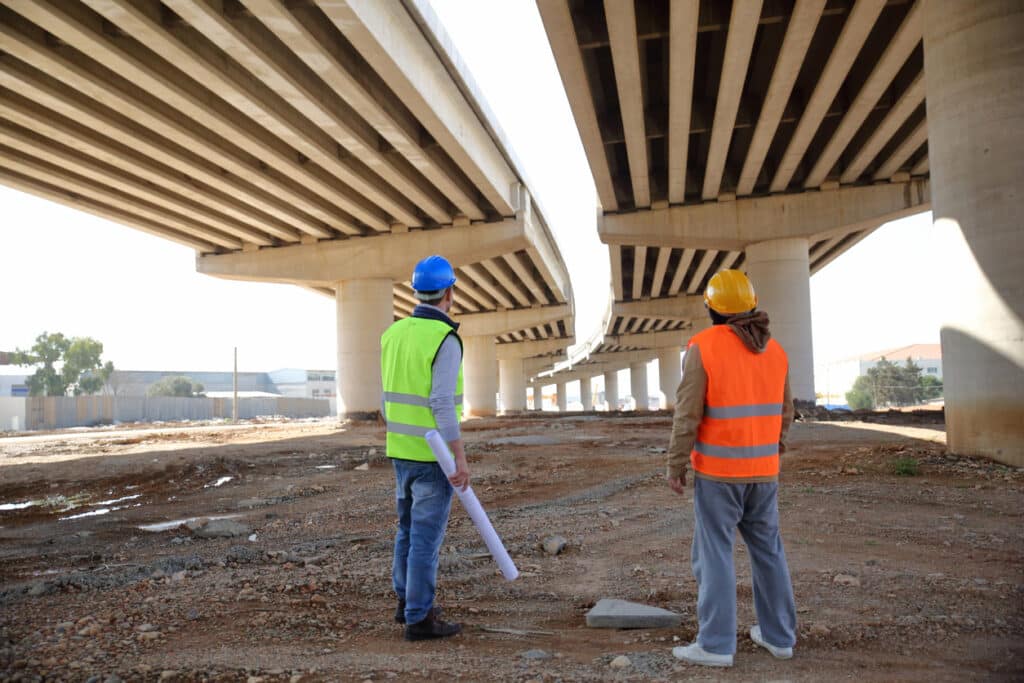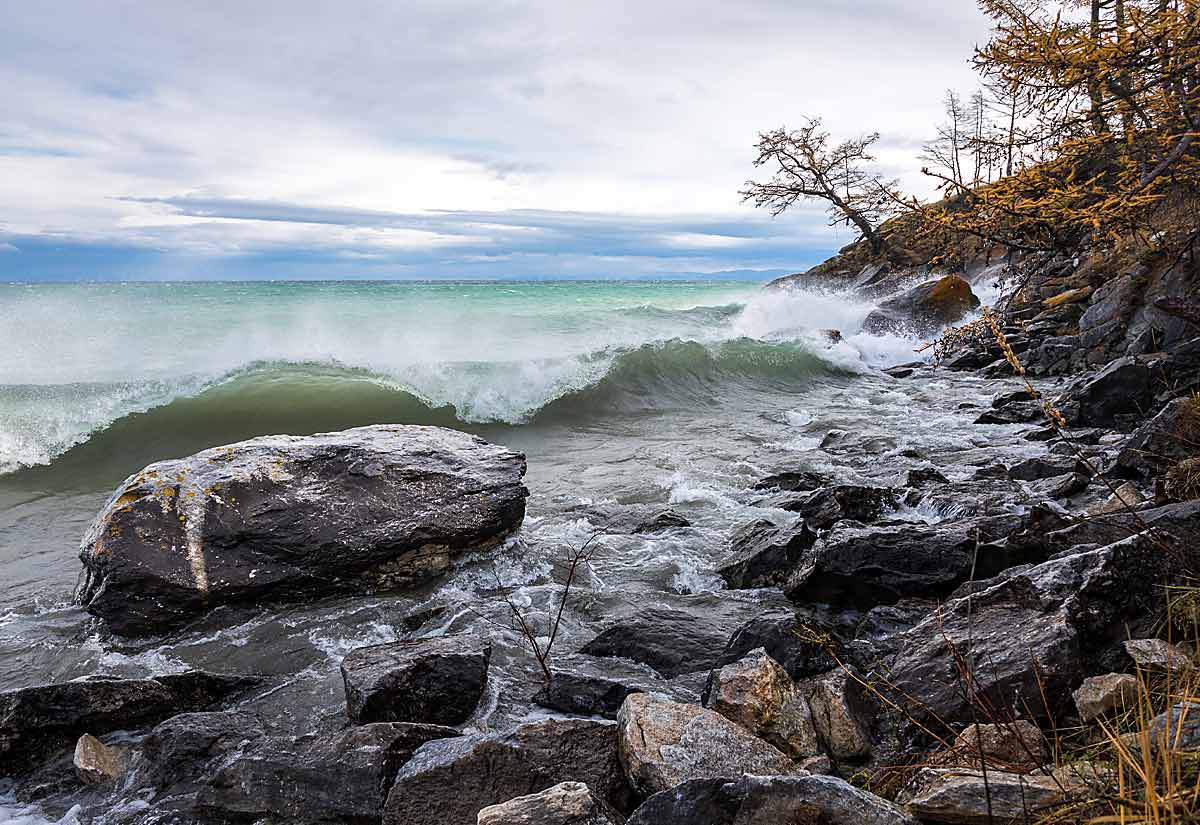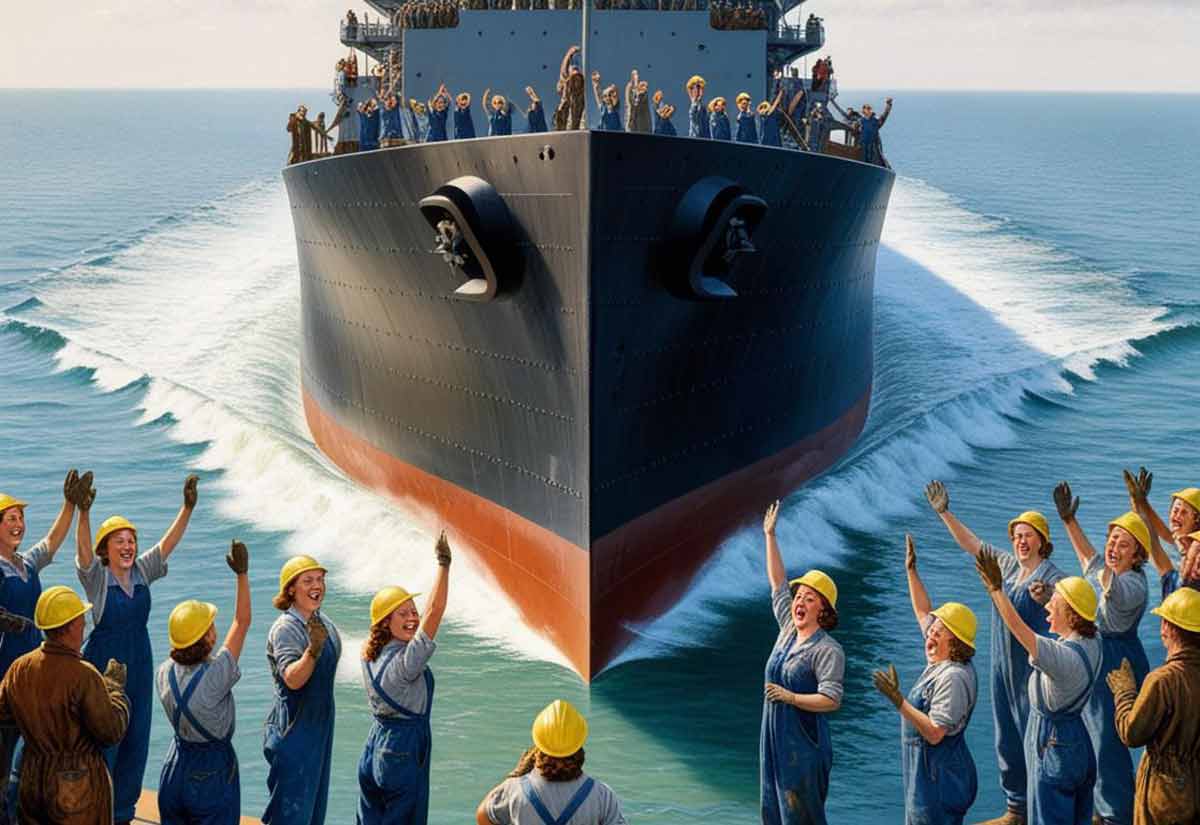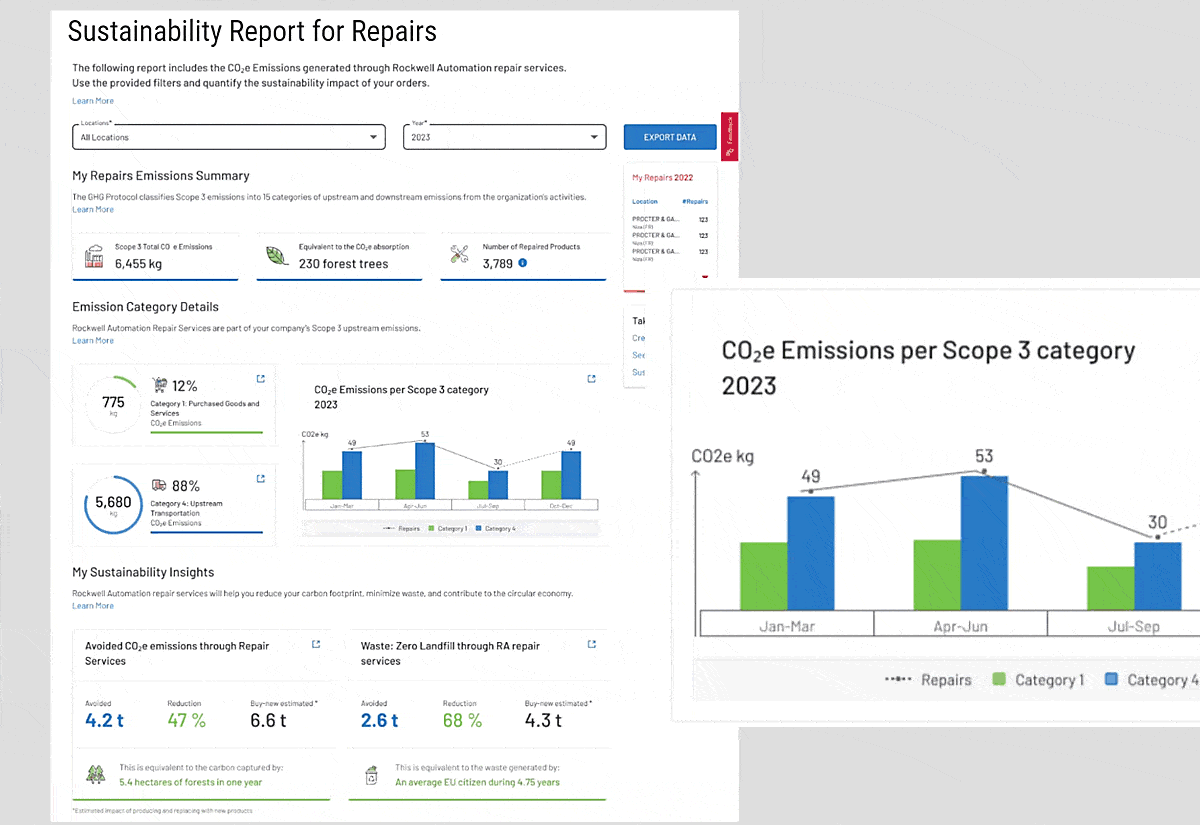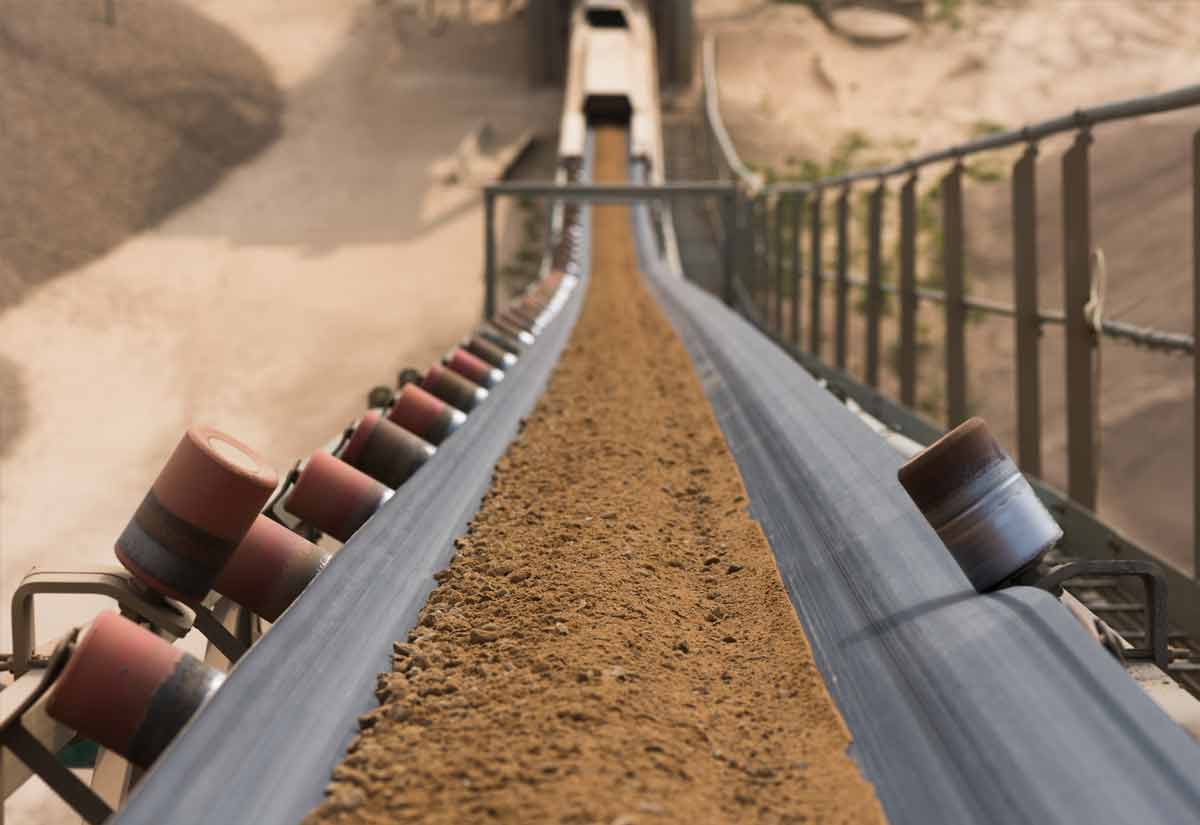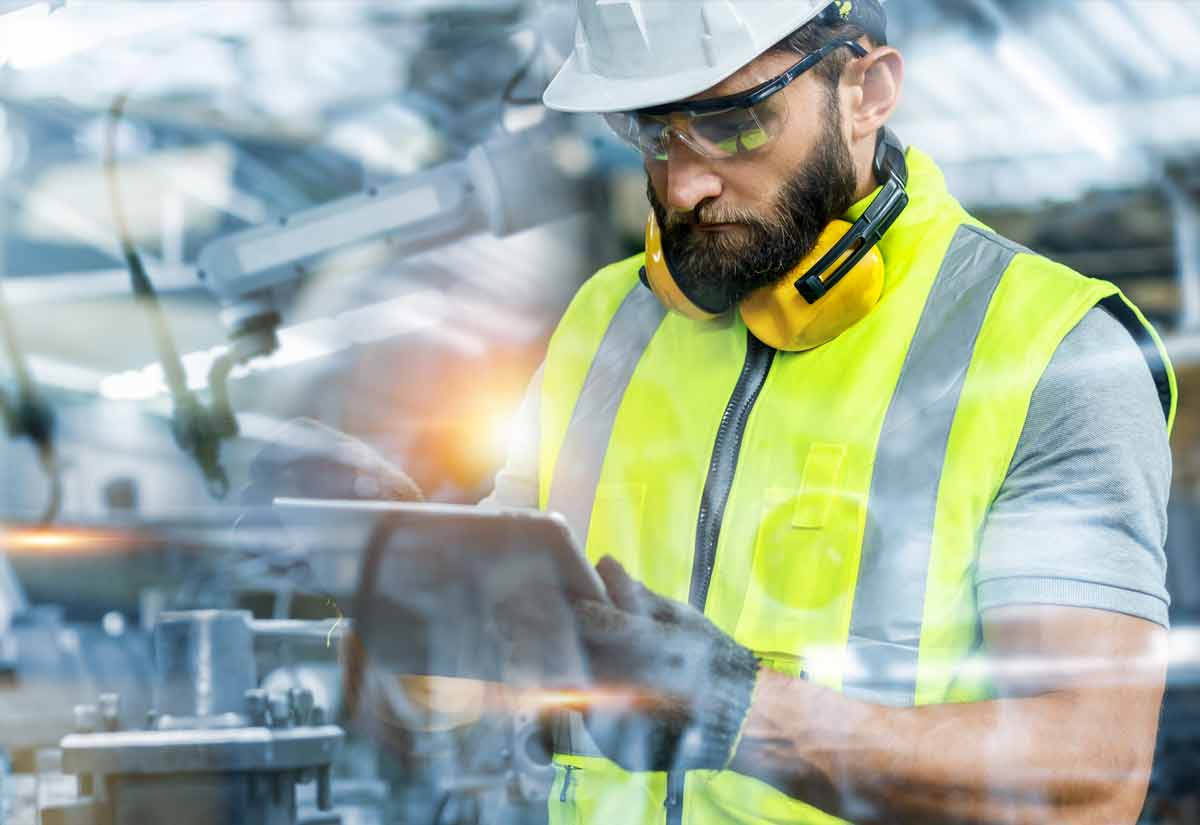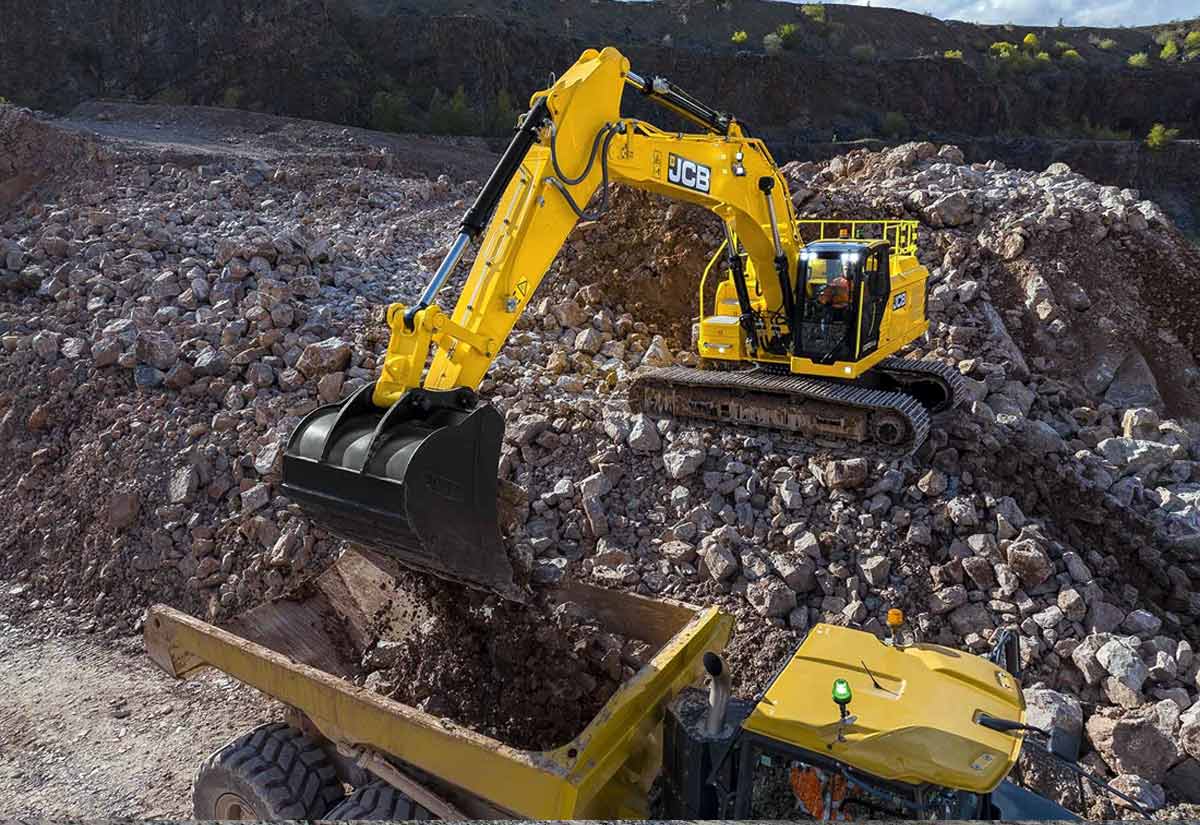The Real Infrastructure Spending Gap
Despite the urgency of the ongoing infrastructure debate, US real infrastructure spending in the last decade (2007-2017) has actually dropped by nearly $10 billion. This is quite a startling statistic considering the recent spotlight on the infrastructure spending debate which was a significant campaign plank for President Trump and a host of other successfully elected officials.
In fact, it may be a stretch to refer to the need for critical infrastructure upgrades as a “debate” at all, since economists, politicians, financiers, civil construction professionals, and the general public all agree that the country has outgrown the legacy infrastructure of the 20th Century.
Real Spending Power and Rising Costs
This puzzling decrease in “real spending” occurred over the same period when federal, state, and local governments were all pouring more dollars into infrastructure.
The report by Kane and Tomer at the Brookings Institute, Shifting Into an Era of Repair: US Infrastructure Spending Trends, explains the paradox by noting that the rising cost of construction materials reduced crucial infrastructure spending power, negating the momentum of the one-time infrastructure stimulus gained from the federal American Recovery and Reinvestment Act (ARRA).
More delay can only result in a widening of the real spending gap if construction materials costs continue to rise.
Meanwhile, the US economy continues to expand while infrastructure spending actually dwindled from an average over the past decades of 2.5% of GDP to 2.3% in 2017, and critical capital expenditures for new infrastructure projects are placed on the back burner while antiquated systems are patched up for the short term.
This is the real infrastructure spending gap.
Crucial Infrastructure Upgrades Aren’t Glamorous
When the general public thinks of the term “infrastructure” grand visions of tunnel complexes, superhighways, elaborate bridge projects, and modern international airports come to mind, but there are a host of less glamorous but critical systems which need immediate action including:
- water pipes and potable water treatment systems
- wastewater management plants
- secondary roads
- freight rail systems
- shipping ports
- local public transit systems
- electrical grids
- internet provision
According to a report at the Council of Foreign Relations, economists warn that the $18 trillion US economic performance is impeded by antiquated systems built decades ago, not to mention the safety risks to the public from structural deficiencies and health risks from inadequate water and waste systems.
There is no argument that infrastructure spending is necessary, but short-term maintenance on outdated systems is gobbling up huge chunks of available federal and state funding without providing a long-term solution in many cases.
The Allocation Gap in Infrastructure Spending
According to the Congressional Budget Office data cited in the Brookings report, water and transportation infrastructure spending is up, but the majority is diverted to operations and maintenance required to keep old infrastructure systems up and running and in a “good state of repair.”
That means an obsolete 2-lane bridge may be maintained in top condition but it is still insufficient when a new 6-lane project is actually required to keep up with population growth and 21st Century transportation demands.
As Metropolitan Policy Program researchers Joseph Kane and Adie Tomer noted in the report, “The US is spending much more money to make sure our existing infrastructure systems are functioning properly and much less on building out new systems or carrying out other significant upgrades.”
The solution is not always more spending but a more balanced allocation of available funds for maintenance needs while recognizing the long-term return on investment in new and better infrastructure designs and technologies.
About Resource Erectors
At Resource Erectors, we specialize in closing the talent gap between the top qualified engineering professionals and the industry-leading companies who are seeking the best candidates for long-term success.
We also connect the top experienced candidates with North America’s best mining, manufacturing, chemical, aggregate, and construction materials companies with positions for financial and accounting professionals as well as sales, safety, and logistics so please don’t hesitate to contact us.
